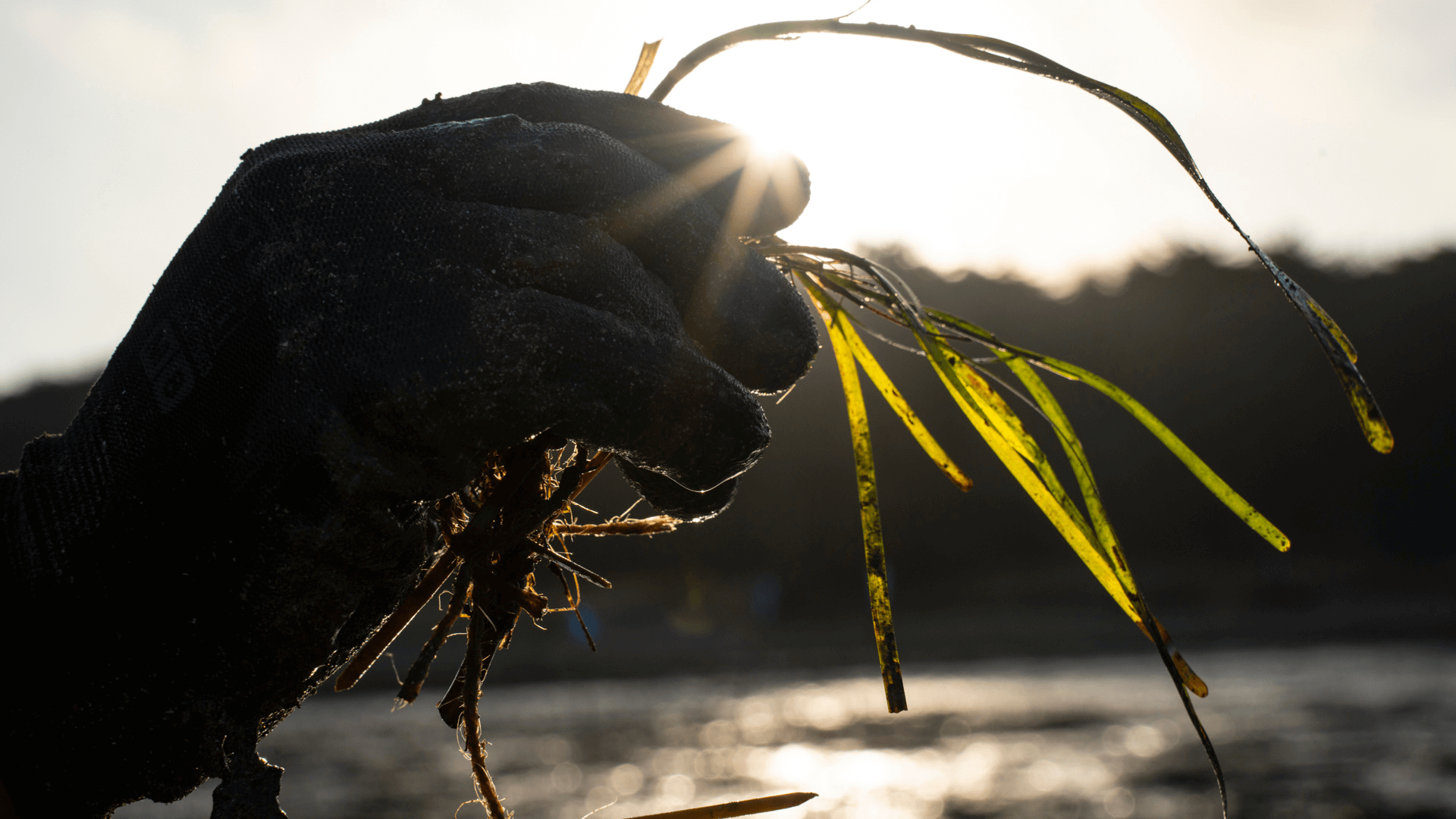In 2024, the Project Seagrass team introduced the Seagrass Hug to our planting methodology. The method was developed by Anouska Mendzil, Senior Science Officer at Project Seagrass and Swansea University, and aims to determine whether surrounding seeding plots with more established transplants provides protection for emerging seeds in restoration practices. Anouska said: “In this restoration methodology trial we sought to incorporate different Zostera marina life stages by means of seeds and transplants, in a planting design aimed to minimise, and test, hydrodynamic impact on planted seagrass. By implementing multiple restoration strategies, we hope to improve seagrass restoration success and gain valuable knowledge in life-stage bottlenecks to seagrass survival and resilience, site-specific interactions, and insights for scaling-up. The Seagrass Consortium have been wonderful partners in collaborating on this cross-European wide trial, working towards furthering our understanding on seagrass meadow restoration, recovery, resilience and rehabilitation” Members of the Project Seagrass team planting seagrass seeds at Thorness, Isle of Wight using the DIS method. Photo credit Francesca Page. Members of the Project Seagrass team planting seagrass transplants at Thorness, Isle of Wight. Photo credit Francesca Page. The Seagrass Hug Method. Graphic provided by Anouska Mendzil Initial trials of the method took place as part of spring planting efforts in the Isle of Wight, in South England, forming part of active restoration work taking place as part of the Solent Seascape Project. The approach involves planting seagrass seeds using the Dispenser Injection Seeding (DIS) method (developed by The Fieldwork Company) and surrounding these seeding plots with more established seagrass transplants using a bare-root plant with anchoring peg. Project Seagrass’ planting trials used seagrass transplants grown from seed at our Seagrass Nursery in West Wales and local donor meadow transplants to provide the “hug” which will also be tested as part of the experiment. https://www.projectseagrass.org/wp-content/uploads/2025/11/Template-Website-Images-Landscape.mp4 The Seagrass Hug planting design has been aligned with seagrass planting being undertaken by our partners at The Seagrass Consortium and has been replicated as part of restoration efforts in the Bay of Arcachon, Etang de Berre, the Bay of Santander, Oosterschelde in the Netherlands, North Wales and the Mediterranean Sea at Mallorca. Monitoring of these experimental plots including seagrass traits and environmental parameters will enable us to assess whether this approach provides protection for the emerging seeds. Scaling the trial in collaboration with international partners helps to build our collective knowledge. Results will be published and shared on SeagrassRestorer to share the findings openly and foster further collaboration within the seagrass community. A seagrass transplant prepared for planting as part of a Seagrass Hug in the Isle of Wight. Photo credit Francesca Page Spring 2025 planting efforts using the Seagrass Hug method. Photo credit Francesca Page



